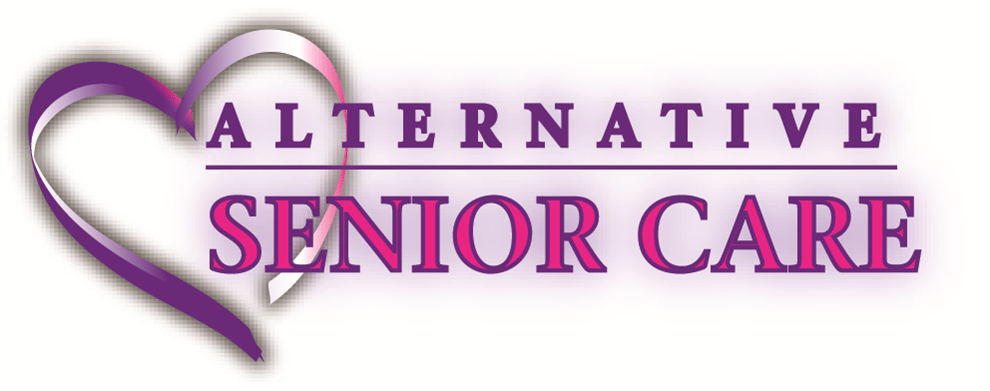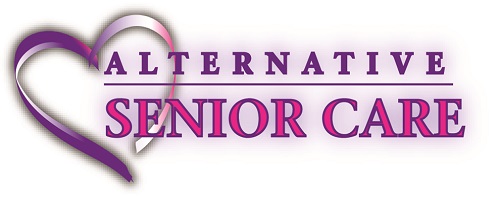Fall-Proofing Made Simple With Three Steps
For any older adult planning to age at home, fall-proofing measures must be considered. More than 25 percent of the nation’s older adults fall at least once a year. Those who fall are twice as likely to fall more again within the year.
Some falls are minor and don’t lead to injuries. Other falls can be devastating and lead to broken bones and head trauma. By fall-proofing, the risk of tripping or slipping is greatly reduced. These three steps are essential to follow when reducing a person’s fall risk.
Get Rid of Clutter

Senior Care Glenwood, MN: Fall-Proofing Made Simple
Clear up clutter. A fall is less likely to occur if there is space to move around. It’s not going to happen if items are not lined up in the halls or against walls where they can cause your parents to trip and fall.
Go through the home and determine what is necessary and what isn’t. If it’s isn’t necessary, donate it or sell it. Give things away if needed.
Your mom has a large pile of newspapers stacked against the wall. She says they need them to start fires in their woodstove, create a bin to hold them in a location nearer the stove. If she’s keeping them because she may read them again, they need to go into the recyclables.
Improve the Lighting
A dimly lit staircase, entryway, room, or hall is more likely to lead to a fall. Consider track lighting in a long hallway. You can position each track head to point in the direction needed to fully light the hall. Track lighting is also useful in entries where you want to illuminate the door, coat rack, and stairs at the same time.
In large rooms, table lamps offer a way to improve lighting in each corner. Use LED bulbs to provide bright lighting in an energy-efficient manner.
Locate Frequently Used Items in Easy-to-Reach Areas
If there are small appliances or items your parents use daily, make sure they’re convenient. Leave the coffeemaker on the counter. Place dish soap near the sink and not in the back of a cabinet. Milk should be front and center in the refrigerator and not behind dozens of other items.
Ensure that the items your parents use are easy to reach and don’t require them to climb onto a chair or counter. Having to climb, squat, or stretch to reach something increases the likelihood of a fall.
Pair fall-proofing measures with the help of senior care aides. If your parents take medications that cause dizziness, it helps to have a caregiver in the home after they take their pills. Caregivers can offer support while they stand up or walk to another room.
Senior care aides also help support your parents as they walk up and down stairs or go in and out of the house. If your parents are prone to falling on stairs or when they’re walking on snowy pavement, make sure they’re always taking walks with someone or have someone helping them go from one floor of the home to another. Call to learn more.
If you or an aging loved-one are considering Senior Care in Glenwood, MN please contact the caring staff at Alternative Senior Care today. Providing Home Care in Central Minnesota and Surrounding Communities. Call us Today (320) 352-3350
Sources:
https://www.cdc.gov/homeandrecreationalsafety/falls/adultfalls.html
- Home Care Assistance Helps Seniors Recover at Home - June 5, 2025
- Meet two of the ladies who are really making a difference:Faith and Hannah - May 28, 2025
- Helping Seniors Manage Tinnitus - May 21, 2025


